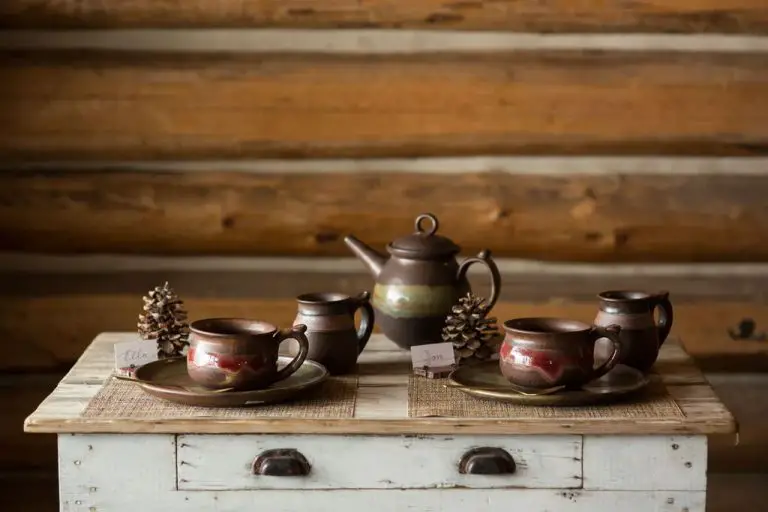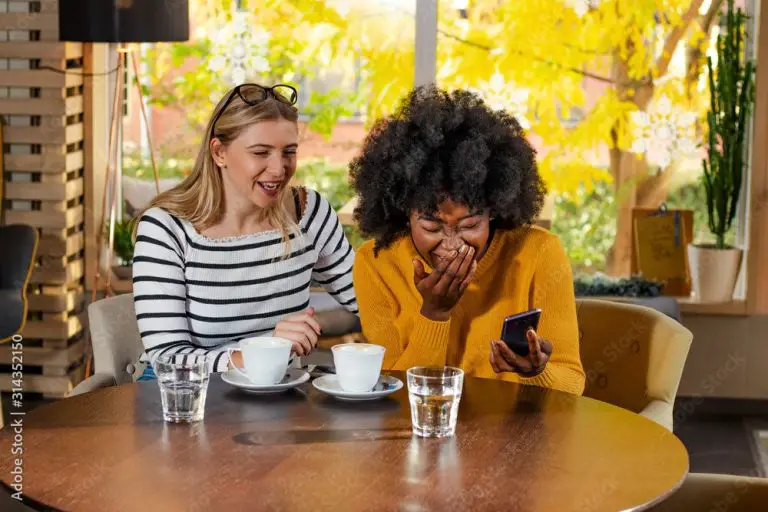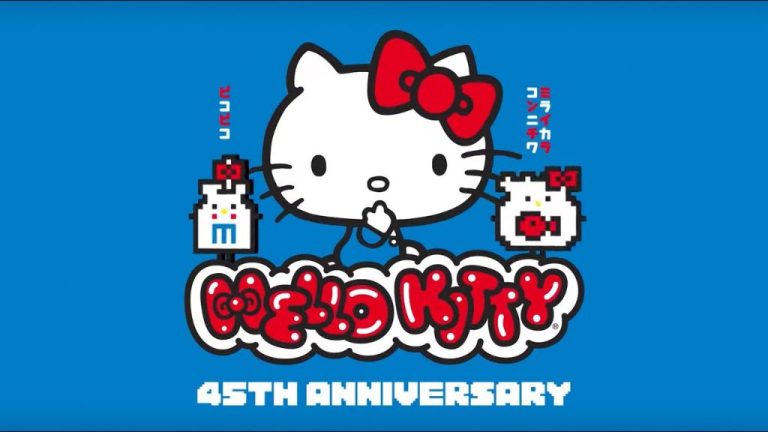What Kind Of Pottery Did The Mayans Make?
The Maya civilization was one of the most sophisticated and advanced civilizations of the ancient Americas. Flourishing during the Classic Period from around 250 AD to 900 AD in present-day southern Mexico, Guatemala, northern Belize and western Honduras, the Maya produced monumental architecture, mathematics, calendar systems and complex writing. Pottery was an essential part of Mayan daily life and their culture. Made from clay and other natural materials like limestone temper, pottery was used for a variety of purposes including storing food and water, cooking, and serving. Ceramic objects were also intricately decorated with painted images and hieroglyphs reflecting Mayan religious beliefs and culture. Elaborately painted pottery vessels have been excavated from elite burials and are considered some of the most spectacular artifacts of Mayan material culture.
Pottery was an important trade item for the Maya and the production of fine polychrome wares and decorated vessels required considerable skill and artistry. The diversity and aesthetic refinement of Mayan ceramics is a testament to the sophistication of Mayan society and rituals. Studying Mayan pottery provides significant insights into their way of life, values, and cosmovision.
Origins and History
The earliest evidence of Mayan pottery dates back to around 1000 BC in northern Belize (Source). During the Early Preclassic period (2000 BC – 1000 BC), pottery was largely utilitarian and undecorated. Pottery technology and decoration advanced rapidly during the Middle Preclassic period (1000 BC – 400 BC) as the Maya began using slip paints and resisting techniques. The distinctive Mayan pottery style emerged around 400 BC during the Late Preclassic period.
Mayan pottery development varied across different regions and time periods. Southern lowland styles focused on painted pots and plates while northern Yucatan styles featured unslipped jars and figurines (Source). Influences from Teotihuacan and other Mexican cultures introduced new vessel forms and production techniques during the Early Classic Period (250-600 AD). Complex painted scenes reflecting Mayan mythology and courtly life defined the Late Classic florescence (600-900 AD).
Materials and Production

The Mayans created pottery from the abundant clay found throughout the Yucatan peninsula. According to the article “Ancient Maya Pottery: Classification, Analysis, and Interpretation” by Jim Brewer on Answers.com, the clay was mixed with mineral “tempers” including calcite, quartz, volcanic ash, or sand to strengthen it before shaping. Mayan potters then shaped the clay into vessels and figurines using coiling and slab techniques, as wheels were not used.
The pottery was decorated with mineral paints like iron oxides for red, manganese and carbon for black, and kaolin clays for white. Common motifs included gods, animals, and geometric symbols painted in red and black over a cream background. According to the article “Pottery of the Ancient Maya” on Answers.com, the pottery was fired up to 1000°C in wood-burning kilns to harden and set the clay and paints.
Types of Pottery
The ancient Mayans produced a wide variety of pottery for different purposes. Ceramics were an essential part of daily life and ritual practices. There were significant differences between utilitarian pots used for cooking and storage versus ceremonial vessels.
Utilitarian wares tended to be basic shapes like jars, bowls and plates made with unrefined clay and less decorative embellishments since they were for mundane household uses. They were often reddish-brown or buff colored clay and thick to withstand daily wear and tear. Some had simple stamping or incising but were largely plain and functional (Mayan Pottery Figure).
In contrast, ceremonial pots were intricately decorated with colorful paints, carvings, modeling and andere embellishments. These vessels were specifically for rituals, burial and offerings to the gods. Ceremonial pots display the Mayans’ advanced artistry and took great skill to produce. There were many specialized shapes such as plates and vases for offerings, incense burners, musical instruments like ocarinas and figural sculptures. Common motifs included gods, humans, animals, calendric symbols and hieroglyphic writing (Buy Mayan Pottery God Online In India).
Both utilitarian and ceremonial ceramics employed techniques like coiling, molding and painting. Specific clays and tempers like volcanic ash were chosen for desired effects. The Mayans developed a resin-based paint for decoration. Slips, post-fire stucco, perforations and engraved lines were also used for ornamentation.
Common Motifs and Symbols
The Mayans used a variety of decorative symbols and imagery in their pottery that held cultural meaning and significance. Common motifs included representations of Gods, animals, and nature symbols. The Mayans also incorporated their advanced writing system using hieroglyphs and numerical systems into pottery designs.
Mayan pottery often featured stylized images of important Gods in the Mayan pantheon like Chaac, the God of rain and lightning. Animal motifs like birds, jaguars, monkeys, and snakes were also prevalent. These creatures held symbolic meaning in Mayan mythology and spirituality. Images of corn, trees, and flowers reflected the importance of agriculture and the natural environment in the Mayan worldview (Source).
The Mayans had a sophisticated writing system using hieroglyphs that represented syllables, concepts, or words. These glyphs were carved or painted onto pottery vessels to record names, events, or dedicate the object. The bars and dots numbering system was also incorporated into designs. Being able to read and write conferred elite status in Mayan society, so pottery vessels with glyphs and numbers carried prestige (Source).
Uses and Importance
Mayan pottery played an integral role in daily life as well as in ceremonies and rituals. Basic utilitarian vessels were ubiquitous in cooking, serving, and storing food and water (1). More ornate pottery was reserved for ceremonies, rituals, burials, and as offerings to the gods. Large decorated vessels and figurines were commonly placed in tombs and temples as votive offerings (1).
The designs and motifs on ceremonial pottery held deep symbolism and religious meaning for the Maya. Common motifs included gods, animals, and geometric patterns which represented concepts like fertility, life, and the passage to the afterlife (2). Pottery used in rituals and offerings was viewed as imbued with sacred power.
As the Maya spread and established trade networks, so too did their pottery. Distinct regional styles emerged which allows archeologists to trace cultural connections and influences. Highly prized polychrome wares were widely traded. The distribution of these vibrantly painted ceramics reflects the extent of Maya diplomacy and commerce (1).
Notable Examples
The ancient Maya created many magnificent and well-crafted examples of pottery that have survived over the centuries. Some of the most famous notable pieces include plumbate pottery which was widely traded and prized for its beautiful shiny red surface made using a complex technique and firing process. Plumbate had ritual significance and pieces have been found spread across sites in the Maya world.
Important archeological findings include pottery caches that were buried as offerings to the gods. A famous royal burial cache discovered at the site of Río Azul contained over 500 ceramic vessels in 13 tombs, showcasing the skill of Mayan artists and variety of forms and decorations. Many stunning Mayan ceramic pieces in museum collections around the world such as the Metropolitan Museum of Art and the National Museum of Anthropology in Mexico City highlight the mastery and diversity of Mayan pottery traditions.
Decline
The production of Mayan pottery declined significantly during the Terminal Classic period from around 800-900 AD [1]. There are several theories as to why this occurred:
– Political instability and warfare between city-states disrupted trade networks and limited access to materials and markets [2].
– Environmental factors like drought led to famines, depopulation in major cities, and challenges obtaining resources [3].
– The decline of elite patronage and changing religious practices decreased demand for elaborate ceremonial wares.
In the Postclassic period, simplified pottery styles emerged, often with lesser quality. Design motifs became more abstract and proportions changed. Greater regional diversity occurred as localized traditions developed [1]. While quantity declined, Mayan pottery continued influencing Mesoamerican ceramics through trade and migrations of potters.
Modern Revival
After the decline of the ancient Mayan civilization, the pottery traditions were lost for centuries. However, in recent decades there has been a revival and renewed interest in Mayan pottery. Modern Mayan artists have worked to revive the ancient techniques and styles, often using local clays and traditional tools.[1]
Modern Mayan pottery maintains some similarities to the ancient styles, including the use of clay, handbuilding techniques like coiling, and common shapes like jars, bowls and plates. Bright paint colors and intricate geometric patterns are also reminiscent of ancient pieces. However, modern pottery is often created for decorative purposes rather than utilitarian use. The clay may be finer, and modern potters have introduced some new techniques like the pottery wheel.[2] While inspired by ancient styles, modern Mayan pottery reflects both old and new creative influences.
Significance as Cultural Heritage
Mayan pottery provides a wealth of insight into Mayan culture, beliefs, and practices. As works of artistry and historical artifacts, Mayan ceramics reveal intricate details about religion, governance, class structure, and everyday life.
The scenes painted on Mayan ceramics often depict rulers, warriors, captives, and deities from Mayan mythology and spirituality. These representations demonstrate Mayan perspectives on power, war, sacrifice, and the relationship between the mortal and divine realms.
Pottery also sheds light on Mayan trade and economic systems. Chemical analysis of clay composition allows archaeologists to identify production locations and trade routes. The distribution of ceramics shows connections between city-states and areas of influence.
Today, Mayan pottery maintains great cultural significance. Modern Mayan artists study ancient techniques and designs to revive heritage crafts. Museums display Mayan ceramics as artistic masterpieces and celebrate them as representations of a thriving ancient civilization. They provide a link between past and present, even as contemporary Mayan peoples carry on ancient traditions.





